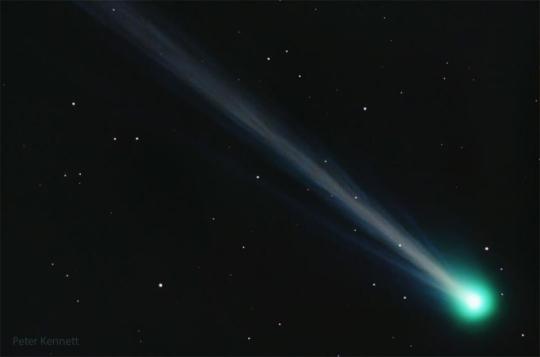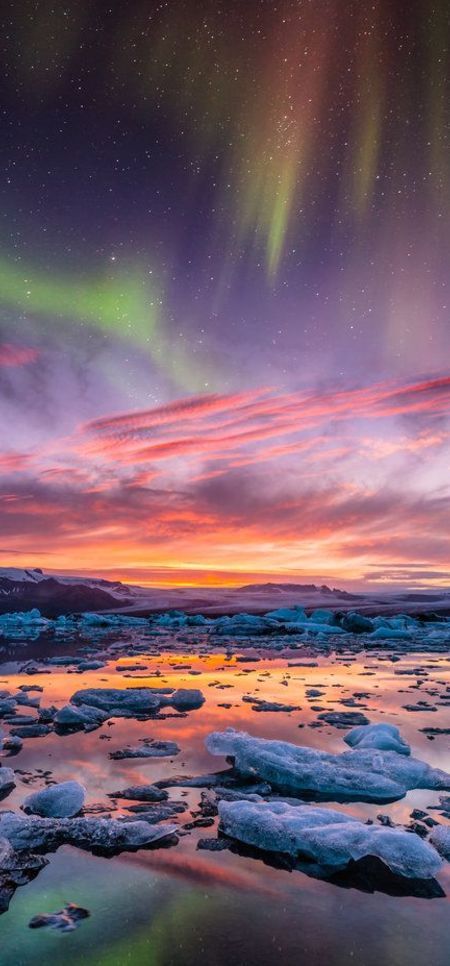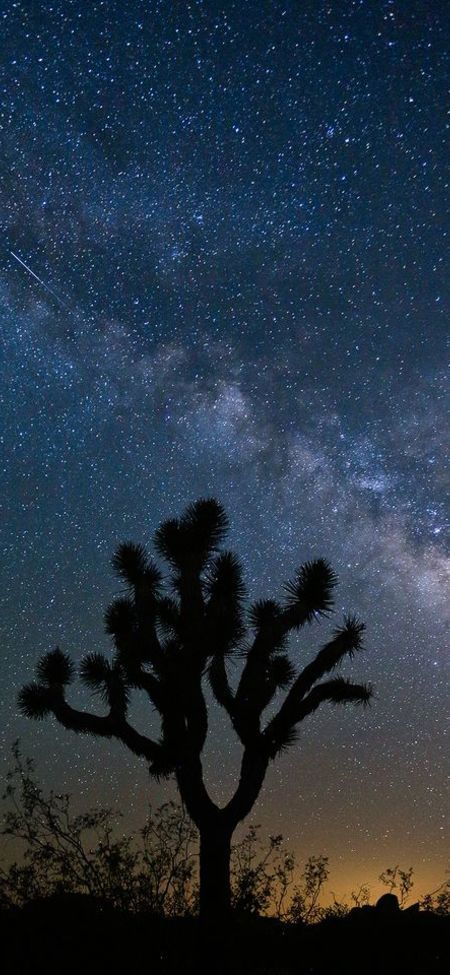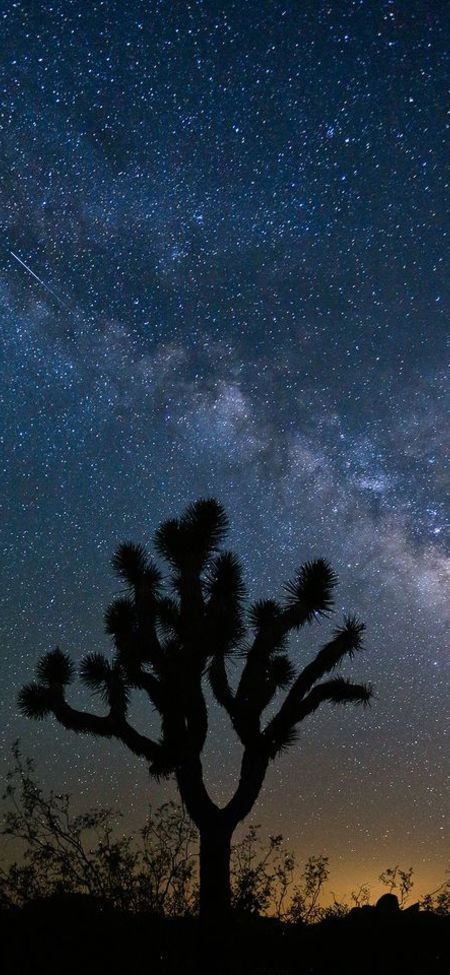#celestialwonders
Text
The Failed Star of Our Solar System
Jupiter, the colossal gas giant, occupies a prominent role in our solar system as both a celestial marvel and a mystery. Often referred to as the "failed star" of our solar system, this awe-inspiring planet beckons us to explore its enigmatic nature and profound significance. In this article, we will delve deep into the heart of Jupiter, uncovering its secrets, its importance, and why it is often described as a "failed star."
The Giant Among Planets
Jupiter's Size and Mass
Jupiter is, without a doubt, the largest planet in our solar system. Its immense size dwarfs all other planets combined, and it boasts a mass greater than twice that of all other planets and celestial bodies combined. Its vastness is truly awe-inspiring, making it the reigning champion of the solar system.
A Gaseous Wonderland
Composition and Atmosphere
One of Jupiter's defining features is its gaseous composition, primarily consisting of hydrogen and helium. This distinct characteristic sets it apart from terrestrial planets like Earth. Its turbulent atmosphere is adorned with vivid bands of clouds, creating a mesmerizing spectacle for astronomers and space enthusiasts alike.
The Great Red Spot
Jupiter's Enigmatic Eye
The Great Red Spot, a colossal storm system on Jupiter, is a captivating feature that has puzzled scientists for centuries. This enormous anticyclonic storm has raged for at least 350 years and is twice the size of Earth. Despite its longevity, the precise reasons for its existence and its enduring nature remain a subject of scientific investigation.
Jupiter's Magnetic Dynamo
A Powerful Magnetic Field
Jupiter boasts one of the most formidable magnetic fields in the solar system. This massive magnetic dynamo generates an incredibly powerful magnetosphere, which extends far beyond the planet itself. It acts as a shield, protecting Jupiter and its moons from harmful solar radiation and cosmic particles.
The Failed Star Hypothesis
Jupiter's Starry Aspirations
Jupiter's "failed star" moniker stems from its nearly successful bid to become a star. Some scientists speculate that if Jupiter had been just a bit more massive, it could have ignited into a star, transforming our solar system into a binary star system. This tantalizing possibility has fueled fascination with Jupiter's potential role in the cosmos.
Jupiter's Impact on Our Solar System
Guardian of the Inner Planets
While Jupiter may not have become a star, its presence in our solar system is far from insignificant. In fact, it plays a pivotal role in shaping the dynamics of our celestial neighborhood. Jupiter's massive gravitational influence helps protect the inner planets, including Earth, from potential comet and asteroid impacts. Its presence is like a cosmic shield that has shielded our planet from countless cataclysmic events.
Jupiter's Moons - A Miniature Solar System
A Moonscape of Wonders
Jupiter's moon system is a veritable miniature solar system of its own, comprising over 79 confirmed moons and countless more awaiting confirmation. Among these, four Galilean moons – Io, Europa, Ganymede, and Callisto – stand out as some of the most intriguing celestial bodies in our solar system. Their diverse characteristics, including geologic activity, subsurface oceans, and potential habitability, have fascinated scientists and fueled the desire for future exploration.
NASA's Juno Mission
Unraveling Jupiter's Secrets
In 2011, NASA's Juno spacecraft embarked on a mission to study Jupiter's composition, gravity field, magnetic field, and polar magnetosphere. This ambitious mission has provided invaluable insights into the planet's interior structure and atmospheric composition, shedding light on Jupiter's role as a "failed star" and its influence on our solar system.
The Ongoing Fascination with Jupiter
Inspiring Future Generations
Jupiter continues to captivate astronomers, scientists, and space enthusiasts worldwide. Its intriguing characteristics, enigmatic features, and potential cosmic significance fuel our curiosity and inspire future generations of astronomers and space explorers.
Conclusion
In conclusion, Jupiter, the "failed star" of our solar system, stands as a testament to the wonders and mysteries of the cosmos. Its colossal size, turbulent atmosphere, and magnetic prowess make it an object of fascination and scientific inquiry. While it may not have ignited into a star, its role as a guardian of the inner planets and its influence on our solar system's dynamics are undeniable. As we continue to unravel its secrets, Jupiter remains a celestial giant that ignites our imaginations and beckons us to explore the boundless wonders of the universe.
YouTube Channel: https://www.youtube.com/@TheEducat0r
#Jupiter#SolarSystem#GreatRedSpot#FailedStar#JunoMission#CelestialWonders#PlanetaryGuardian#MoonsOfJupiter#Astronomy#SpaceExploration
26 notes
·
View notes
Text
Celestial Event Alert! What is Comet Nishimura?

🌌✨ Celestial Wonders Unveiled! ✨🌌
Hey there, stargazers and cosmic enthusiasts! 🌟🔭
Comet Nishimura (C/2023 P1) is putting on an out-of-this-world show as it draws nearer to our Sun. 😮☀️Read this article to know more about this comet - https://www.jameswebbdiscovery.com/faqs/what-is-comet-nishimura
🌠 Discovered just last month, this cosmic traveler is already shining brightly enough to catch a glimpse with the naked eye as it ventures inside Earth's orbit. 🌏🌠
Next week, it's getting up close and personal with our planet, and then on September 17th, it will have its closest encounter with the Sun. ☄️🔥
But here's the really fascinating part: Some speculate that debris expelled by Comet Nishimura during its previous visit to the inner Solar System might be responsible for the Sigma Hydrids meteor shower that graces our skies every December! 🌠💫
If that's true, get ready for a potentially spectacular meteor shower in the coming years, refreshed by this celestial visitor's icy remnants. 🌠🌠
This stunning image was captured from Edgewood, New Mexico, USA, just four nights ago. Check out that incredible ion tail sculpted by the Sun's wind! 📷🌌
For the next few mornings, keep your eyes on the eastern horizon shortly before sunrise, and next week, you'll find it gracing the western horizon just after sunset. 🌅🌌
Don't miss out on this celestial spectacle unfolding right above us! 🌠✨
Image credit and copyright: Peter Kennett.
11 notes
·
View notes
Text

#StarryNightSky#CelestialWonders#UnderTheStars#GalacticBeauty#StargazingNights#NightSkyMagic#CosmicWonder#AstralJourney#SkyFullOfStars#StellarSerenity#Astrophotography#Nightscape#StarrySkies#UniverseAwaits#SkyGazing#Stars#Night#Vibe#aesthetic#Style#Girl blogging#Girl#Just girly things#cute#Cute core#Girlcore#Mood board#Tumblr girls#Pink#Coquette
2 notes
·
View notes
Text
#outer space#spaceship#study space#deep space nine#liminal spaces#little space#Galaxy universe#space#astronomy#universe#cosmos#astrophotography#galaxies#stars#science#NASA#GalacticExploration#AstroPhotography#CelestialWonders#StarryNights#CosmicJourney#SpaceFacts#UniverseWonders#StargazingAdventures#AstroDiscovery#NASAInspired#SpaceMysteries#PlanetExploration#CosmicBeauty#AstronomicalWonders
3 notes
·
View notes
Text
#StarshipAdventure#NebulaExploration#GalacticJourney#CelestialWonders#SpaceOdyssey#StellarVoyage#CosmicDiscovery#AstronomyLove#InterstellarTravel#UniverseMystery
0 notes
Text

Ever wondered how a solar eclipse happens? 🤔
When the sun, earth, and moon align in a straight line, with the moon positioned between the sun and the earth, magic occurs in the sky! 🌍🌝☀️ The moon graciously steps in front of the sun, casting its shadow onto the earth. This celestial ballet results in the mesmerizing phenomenon we call a solar eclipse! 🌌
But here's the kicker – did you know that the type of eclipse formed depends on how far the moon is from our Earth? 🌏🌙 That's right! Whether it's a total eclipse, partial eclipse, or annular eclipse, it all boils down to the moon's distance from our planet.
Stay tuned as we delve deeper into the mysteries of the cosmos! 💫
#solareclipse#solareclipse2024#celestialwonders#astronomyfacts#rarescene#viraltopic#solarsystem#april2024#april#april8#april8th#solarglass#solarsunglasses#sunglasses#specialglass#faveplus
0 notes
Text
Navigating Celestial Wisdom: Your Guide to Today's Cosmic Energies
Today, on this remarkable March 25, 2024, we find ourselves amidst a celestial spectacle—a full moon accompanied by a lunar eclipse! Truly, an event of cosmic significance deserving our attention and contemplation. As the moon gracefully traverses through Libra, the constellation of balance and harmony, it imparts upon us a gentle reminder to seek equilibrium in our lives and relationships. It’s…

View On WordPress
#ActiveListening#AirElement#AstronomySoftware#AstronomyTools#BalanceandHarmony#CelestialMaps#CelestialWonders#ChakraHealing#CommunicationSkills#CommunityEngagement#CosmicDiscourse#DeepBreathing#DestinyOrchestration.#ElementalForces#EnlightenmentJourney#Fairness#FullMoon#GreenEnergy#HeartChakra#LibraConstellation#LunarCalendars#LunarEclipse#MentalWellbeing#MindfulChoices#Partnerships#Relationships#SelfReflection#TarotReflections#TelescopeExploration#TheLovers
1 note
·
View note
Photo

Aurora Borealis
Dreaming of witnessing the Aurora Borealis? Our helpful tips and tricks will make your dream a reality. From packing essentials to photography techniques, we've got you covered.
0 notes
Text
starry night

Immerse yourself in the enchanting allure of a starry night, where the heavens above inspire awe and wonder.
0 notes
Photo

13 Stargazing Events You Won't Want to Miss in 2019 // Local Adventurer
Embrace the cosmic wonder with these 13 celestial gatherings that will leave you spellbound. Join us on an ethereal journey through the constellations of 2019.
0 notes
Text

Dear Star, Wishes do come true.
Signup for our monthly newsletter to WIN a FREE tarot reading: 𝗵𝘁𝘁𝗽𝘀://𝗹𝗽.𝗰𝗼𝗻𝘀𝘁𝗮𝗻𝘁𝗰𝗼𝗻𝘁𝗮𝗰𝘁𝗽𝗮𝗴𝗲𝘀.𝗰𝗼𝗺/𝘀𝘂/𝗵𝗨𝗹𝗘𝟬𝗫𝗖/𝘀𝗽𝗿𝗶𝗻𝗴
Tap the Link in Bio to visit our website.
#WishesComeTrue#StarryDreams#WishUponAStar#CelestialWonders#CosmicDreams#WishingStars#psychicadvice#starzpsychics#psychicreading
0 notes
Text
The Largest Galaxy in the Universe Will Shock You

When we gaze up at the night sky, we often contemplate the countless stars and galaxies that adorn the cosmic canvas. Each one has its own unique story and characteristics, but today, we are about to embark on a journey to explore a galaxy that truly stands out from the rest. Brace yourselves as we delve into the astonishing world of "The Largest Galaxy in the Universe."
Galaxy Basics
Before we dive into the specifics of the largest galaxy, let's get acquainted with some fundamental concepts. A galaxy is a vast collection of stars, dust, gas, and dark matter held together by gravity. They come in various shapes and sizes, with our Milky Way being just one of billions in the universe.
Galaxy Classifications
Galaxies are categorized into several types based on their shapes. The most common classifications are spiral galaxies, elliptical galaxies, and irregular galaxies. Each type has its own unique characteristics.
Meet IC 1101
Now, let's turn our attention to the star of the show: IC 1101. This gargantuan galaxy is often touted as the largest galaxy in the observable universe. Located approximately 1 billion light-years away in the Virgo Cluster, IC 1101 is a giant elliptical galaxy that dwarfs all others.
Mind-Boggling Dimensions
To truly appreciate the scale of IC 1101, we need to wrap our heads around its mind-boggling dimensions. This cosmic titan spans an incredible 5.5 million light-years from end to end. To put it in perspective, our Milky Way galaxy is just around 100,000 light-years in diameter. IC 1101 is like the cosmic skyscraper of galaxies.
Chapter 5: Stellar Population
IC 1101 boasts a staggering number of stars. Estimates put its stellar population at around 100 trillion stars. To give you a sense of scale, the Milky Way contains about 100-400 billion stars. IC 1101's starry abundance is truly astonishing.
Supermassive Black Hole
At the heart of IC 1101 lies an enormous supermassive black hole. This colossal cosmic abyss has a mass estimated to be around 40 billion times that of our Sun. It's one of the most massive black holes ever discovered, adding to the mystique of this already awe-inspiring galaxy.
Formation and Evolution
The formation and evolution of IC 1101 have puzzled astronomers for years. It's believed that it grew to its colossal size through numerous mergers with other galaxies over billions of years. These galactic collisions and acquisitions contributed to its vast expanse and dense stellar population.
The Virgo Cluster
IC 1101 is not alone in the cosmos; it resides within the Virgo Cluster, a collection of thousands of galaxies. This cluster is like a bustling cosmic city, and IC 1101 is its shining star.
Beyond IC 1101
While IC 1101 may be the largest galaxy we've discovered so far, the universe is a vast and mysterious place. There could be even more massive galaxies out there waiting to be uncovered by future generations of astronomers.
The Mysteries of the Universe
The exploration of galaxies like IC 1101 reminds us of the incredible mysteries that the universe holds. It encourages us to continue our quest for knowledge, to keep looking up, and to marvel at the wonders of the cosmos.
Conclusion
As we conclude our journey into the realm of "The Largest Galaxy in the Universe," we are left with a sense of wonder and awe. IC 1101, with its mind-boggling size and secrets, serves as a reminder that the universe is full of surprises and that there is much more to discover beyond our home planet. So, the next time you look up at the night sky, remember that there are galaxies out there that can truly shock you with their grandeur.
#GalacticWonders#IC1101#LargestGalaxy#CosmicScale#StellarSpectacle#AstronomyDiscoveries#GalacticMarvels#VirgoCluster#CosmicMysteries#BlackHoleEnigma#GalaxyExploration#UniverseWonders#CosmicJourney#AstronomyFacts#StarryUniverse#SpaceOdyssey#AweInspiringCosmos#MindBlown#CelestialWonders#BeyondTheMilkyWay#GalaxyFacts#Astronomy101#GalacticMergers#AstronomyEducation
0 notes
Text
What is the coldest space in the universe. Read here for an answer

🌟 Located a staggering 5,000 light-years away in the captivating Southern constellation of Centaurus, the Boomerang Nebula boasts a chilling temperature of just one degree Kelvin above absolute zero, approximately -460 degrees Fahrenheit. Brrr, it's the epitome of cosmic chill! ❄️🌌
#HubbleTelescope#SpaceWonders#CosmicBeauty#AstronomyLove#StunningUniverse#SpaceExploration#BipolarOutflow#CosmicChill#AstronomyPhotography#SpaceHeroes#DiscoverTheCosmos#CelestialWonders#james webb space telescope#esa#nasa#jwst#webb telescope#webb discoveries
17 notes
·
View notes
Text
A shooting star glides across the twilight skies above Mono Lake, California

Make a wish as this shooting star lights up the California night sky at Mono Lake
0 notes
Photo

13 Stargazing Events You Won't Want to Miss in 2019 // Local Adventurer
Let the stars be your guide in 2019. Discover the most enchanting celestial happenings with our handpicked selection of 13 stargazing events. Prepare for a year of transcendent beauty and awe.
0 notes
Link
#aiart#aiconceptart#architecturalinnovation#architecturalmarvels#Architecturalwonders#artisticcity#blendofartandscience#celestialbeauty#celestialcity#celestialgems#celestialsky#celestialwonders#celestial-inspiredcity#cityofbluecrystals#cosmicbeauty#crystalcityoflysta#digitalart#fantasy#goldensteeltowers#gravity-defyingexperiences#iconictowers#leonardoai#metropolisattractions#metropolisdream#metropolisjourney#metropolislandmarks#metropolistravelguide#orbisonmetropolis#planetexploration#posterart
0 notes